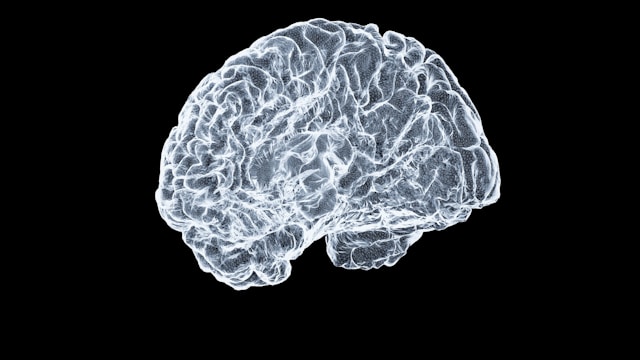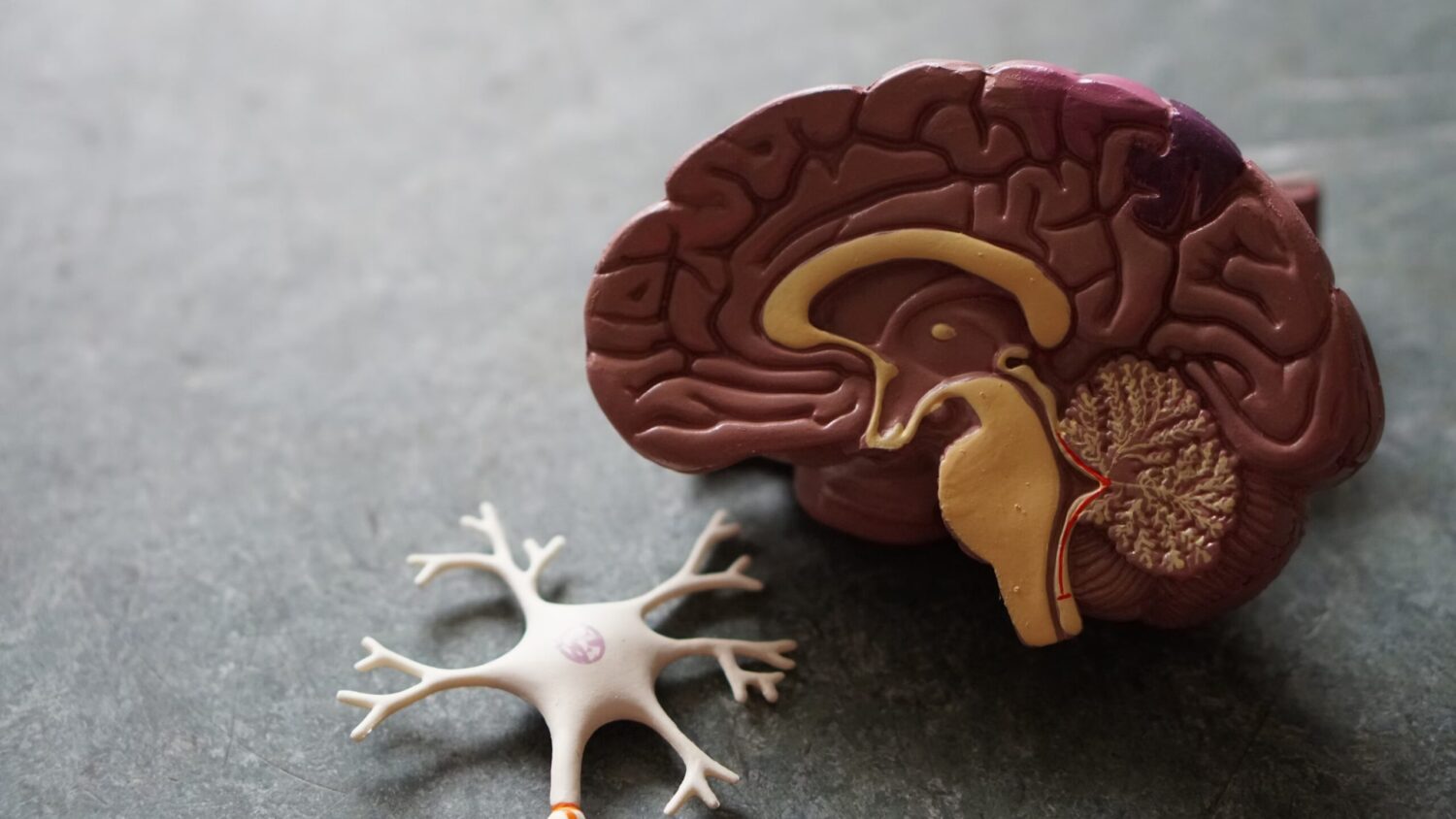Authors:
I.A. Volchersky 1 , E.V. Tour 1 , O.V. Solyannikova 1 , V.S. Rykun 1 , E.V. Berdnikova 1 , M.S. Sumin 2 , V.N. Dmitrienko 2
1 GBOU VPO "Chelyabinsk State Medical Academy" of the Ministry of Health and Social Development of Russia;
2 GMLPUZ "Chelyabinsk Regional Clinical Hospital"
Place of publication:
Bulletin of ophthalmology, No. 4, 2012
Summary:
a prospective placebo-controlled simple blind randomized study of the influence of Mexidol (2-ETIL-6-methyl-3-hydroxypyrididine of the succinate) on the dynamics of the optic nerve and high-speed blood flow and orbit arteries in comparison with changes in indicators of the networks of luminosity of the networks of luminosity of the networks of luminous sensitivity , visual acuity and size of the visual fields with a course intravenous introduction of Mexidol against the background of standard therapy of primary open -angle glaucoma. It was established that the intravenous administration of Mexidol in a single dose of 300 mg after 14 days from the onset of treatment causes a decrease in the threshold of electrical sensitivity of the optic nerve and the concomitant expansion of the total field of view when using a test object with an area of 16 mm 2 . These effects of Mexidol were not accompanied by changes in blood flow in the arteries of the eyeball and orbit, were transient and leveled 3 months after the end of therapy. The delayed vasotropic effect of Mexidol was manifested by an increase in blood flow velocity in the central artery of the retina 90 days after the completion of infusion therapy.









